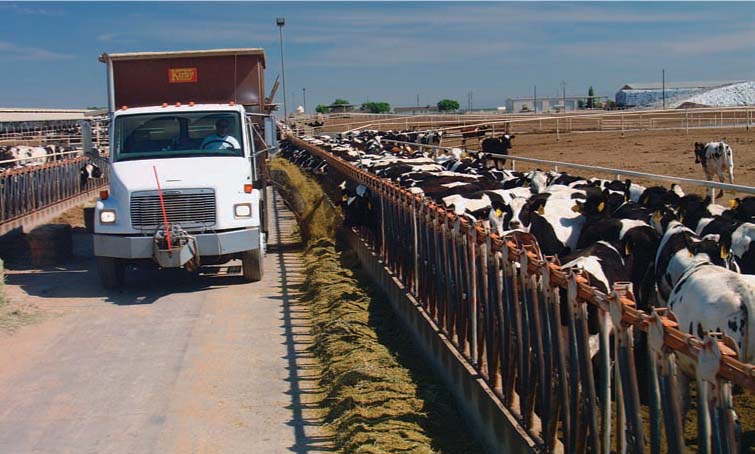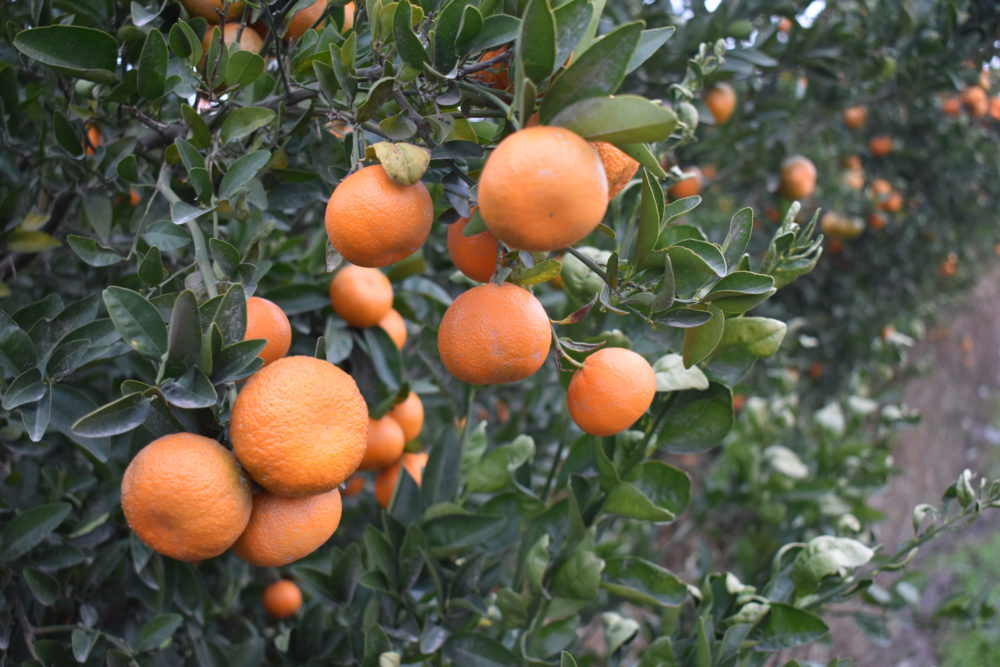Healthy Soils Initiative Looks at Cover Crops
Cover Crops Between Annual Veg Crops Studied
By Patrick Cavanaugh, Editor
Research is under way to determine if using cover crops between two annual vegetable crops will improve the soil for future crops. It’s all part of the California Department of Food and Ag Healthy Soils Program—a statewide project.
Amber Vinchesi is a UCANR Vegetable Crops Farm Advisor in Colusa, Sutter and Yuba counties. She works mainly with processing tomatoes but also with growers farming vegetables for seed as well as fresh market vegetables such as honeydew and cantaloupe melons.
Vinchesi is collaborating with California’s Healthy Soils Initiative, a partnership of state agencies and departments led by the CDFA Healthy Soils Project. It’s a combination of innovative farm and land management practices that may contribute to building adequate soil organic matter that may increase carbon sequestration and reduce overall greenhouse gases.
“We have three sites, and the site that I’m working on is focused on winter cover crops between crops such as wheat, tomato or corn, to improve soil health,” said Vinchesi, who is being assisted by her colleague Sarah Light, the agronomy advisor in Sutter, Yuba, and Colusa counties
Other Healthy Soil sites are located in the Delta area, and overseen by Michelle Leinfelder-Miles, UCANR Delta Crops Resource Management Advisor in San Joaquin County. Brenna Aegerter, a UCANR Vegetable Crops Farm Advisor also in San Joaquin County, is working with Leinfelder-Miles. Additionally, Scott Stoddard a UCANR Vegetable Crops Farm Advisor in Merced County has a site.
The cover crop will be vetch, a legume.
“We hope that it will put nitrogen and biomass into the soil,” Vinchesi said. “We’re not sure what the results will be, but we hope it will help with aggregate stability, water infiltration, and even reduce weed density.”
She noted that the trial, which is in the first year of a three-year project, will include two different seeding rates, a high and low rate, and then an untreated control where there’s no cover crop.
“And we’ll do soil testing to see how things change in the soil over time,” she explained.























